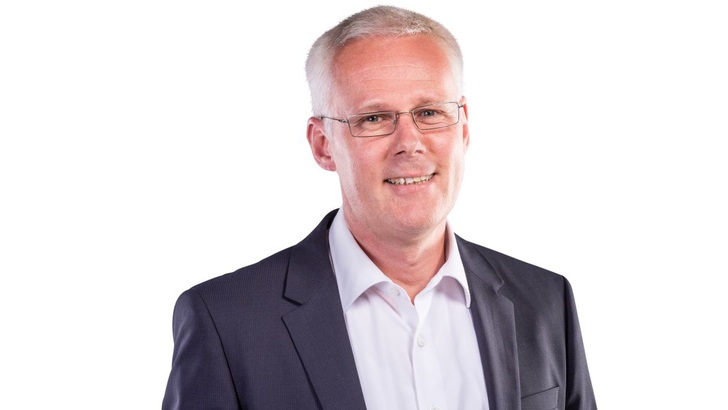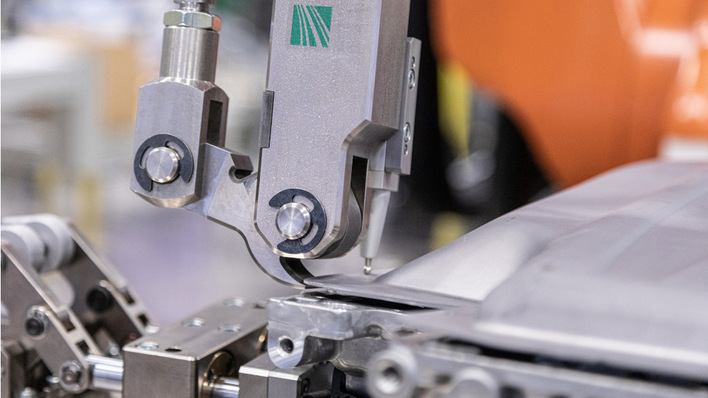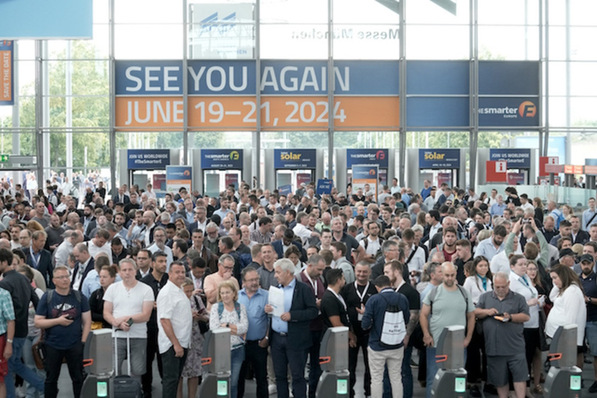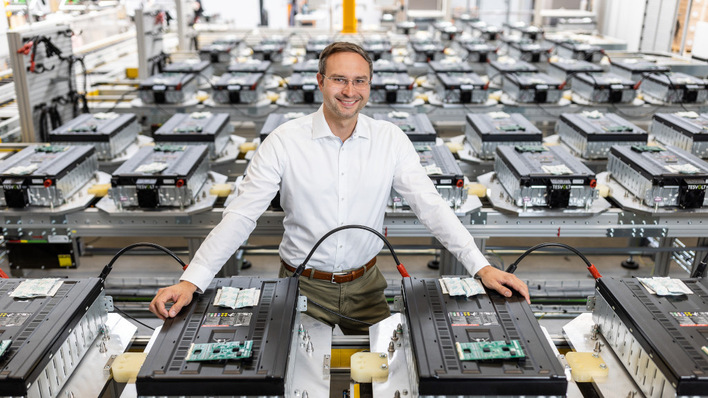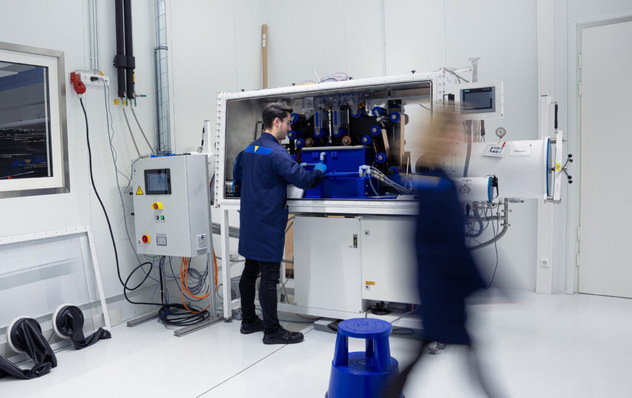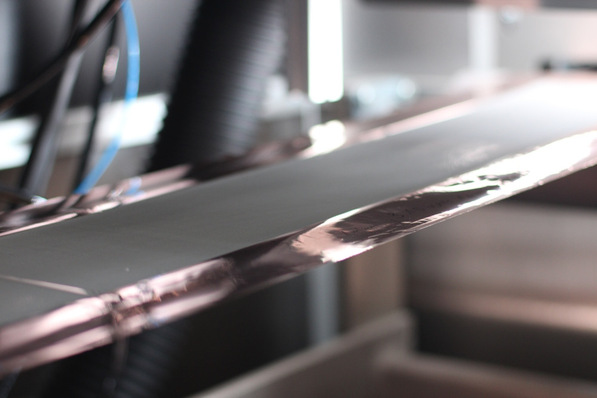What trends do you see when it comes to technological advancements for storage systems?
Olaf Wollersheim: There is no real consensus within the storage community as to where technology is headed. But what we see is that inverter manufacturers such as SMA, Kostal or Fronius have given up developing their own battery systems. They offer interfaces that allow the integration of different batteries, but so far there is no binding standard for connecting a battery by other manufacturers to hybrid inverters. Providers of inverters and batteries are still in the process of working that out.
Solarwatt is cooperating with Fronius by integrating the new SnapINverters into your solar packages. The storage unit MyReserve is already connected to the DC side, i.e. between the solar panels and the inverter’s DC input. Is this system compatible with all of the major inverters?
Yes, that is so. So far, there has only been one major exception: Solaredge’s inverters that are well-known for handling the MPP tracking through the DC optimisers and for using a different technology for communication than the more common solar inverters with integrated MPP tracking. Our lab tests have demonstrated that we are now compatible even with these kinds of inverters, and that includes the new HD Wave inverters as well as the older units.
What are the developments that Solarwatt is focussing on?
Providers of DC-connected storage systems generally try to offer greater functionality and improved quality; for instance, we will soon be able to provide emergency power in combination with certain inverters. Also, the price pressure remains a key factor. That is the case for all providers of domestic storage. We have already arrived at sufficient production quantities to allow us to start industrially producing certain sub-assemblies that used to be produced manually and at higher cost.
Customers or their installing companies tend not to be aware of such improvements. These are advances within the system…
That is true, but such improvements are necessary to maintain decent value for money. For example: So far, wired semiconductor components have been screwed to the cooling elements of the power board by hand. From now on, we will be doing that in a method not requiring screws, which will make it faster and more cost-efficient. And on top of that, the system will become more efficient overall.
What new functionalities are you currently preparing?
So far, our units have had a little separate box, the so-called Power Data Gateway, that would send the operational date to our servers. Among others, we use the information thus generated to further develop our systems. This box will no longer be needed, because we are going to integrate this functionality.
What new requirements do the international markets call for?
In the future, our storage units will comply with safety class IP54. That means they will easily be able to be installed outdoors. There are markets where that is required. Once that requirement is met, the units can even be installed where they are exposed to rain. This will be less of an issue in Germany, but certainly in Australia. But we will introduce this innovation across the board, regardless of where the units will be installed.
DC systems tend to have difficulties integrating other generators, such as cogeneration units or small wind power. How far are you when it comes to self-sufficiency in winter?
We are going to present an AC charger that will allow you to charge the battery from any source, so in addition to multiple PV strings also from a small wind turbine or a cogeneration unit like you mentioned – or even directly from the grid, if you want. This creates an innovative hybrid system that combines the benefits of AC as well as DC connection, and which should cover any conceivable application. However, we are not yet ready to say when this will be available.
The new MyReserve is your inroad into the new segment of commercial storage. What size of battery systems do these make possible?
Generally, we are noticing a trend towards higher storage capacities, even with private customers. Our MyReserve is commonly shipped with three battery blocks, so 7.1 kilowatt hours already. For commercial applications we so far have not found an upper limit. Using our current concept, we can build 60, later maybe even 100 kilowatt hours. But there comes a point when assembling such a large battery system from a multitude of small power electronics units does not make sense. In that case it is better to use pre-configures cabinets or container units – those are more cost-effective.
Like the container that you had presented at the Intersolar in Munich a few years ago…
For the storage container that the KIT in Karlsruhe is putting together, we won the public bid to provide the batteries. It will consist of 480 battery modules and have a capacity of about 1.2 megawatt hours. We are aware that the commercial storage market will play a crucial part in the development of both this sector and for us as a company.
How do commercial storage units differ from their domestic counterparts?
In their customer base and in the planning effort. The business of commercial storage is more project-based, while private end customers almost exclusively receive complete systems. To be successful in this segment it is important to have strong installing company partners that you can rely on.
What functionalities are commercial customers looking for?
In commercial storage, the key is as much self-consumption as possible, so the storage unit has to match the solar array and the energy demand of the house. Commercial storage also focusses on self-consumption, but in addition to that, shaving expensive peak grid loads and short-term high demand from electric mobility are also important. These are three key factors that are very critical for the decision whether to make the investment. (HS)
Watch our PV Guided Tour on commercial energy storage.
Stay informed, get our newsletter twice a week. Register here.
Read more about solar modules.
Read more about solar mounting systems.
Read more about solar energy storage.

